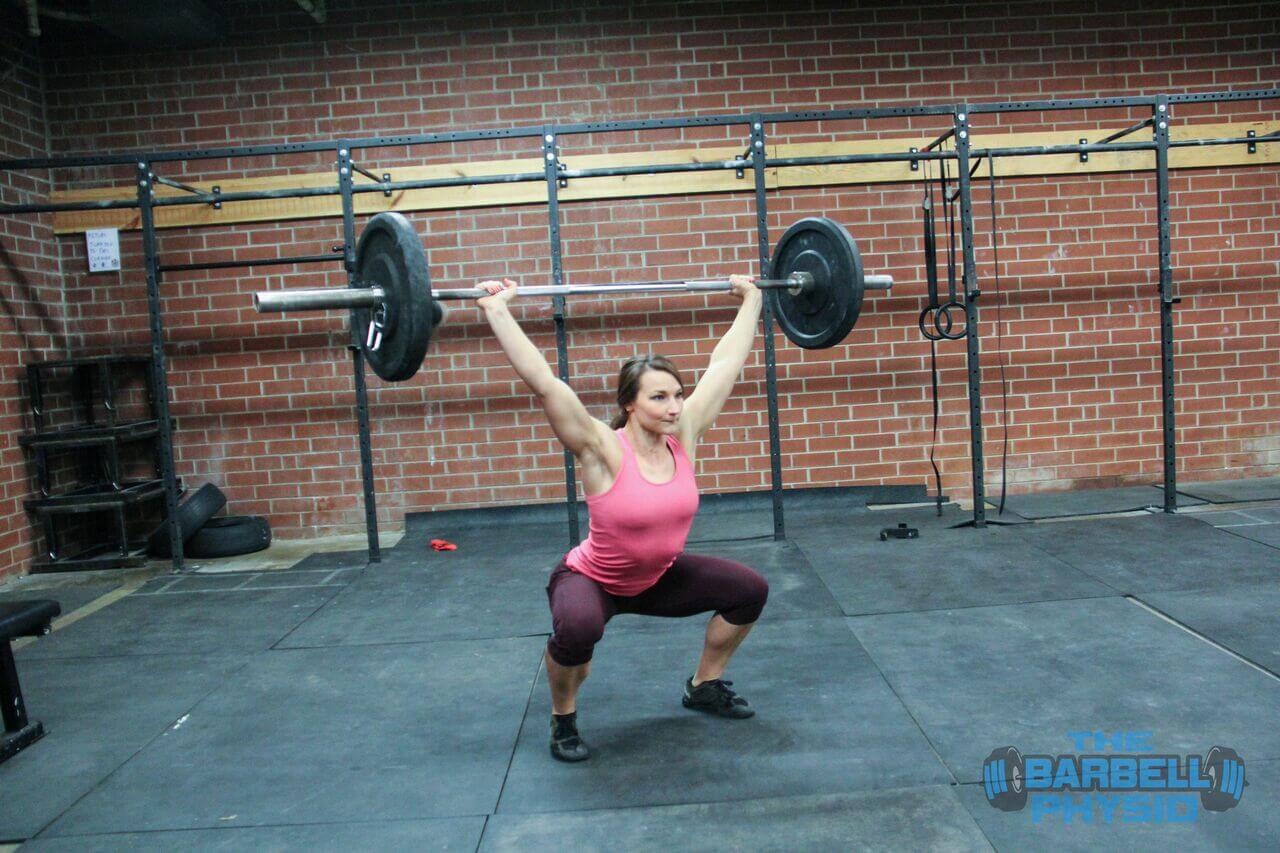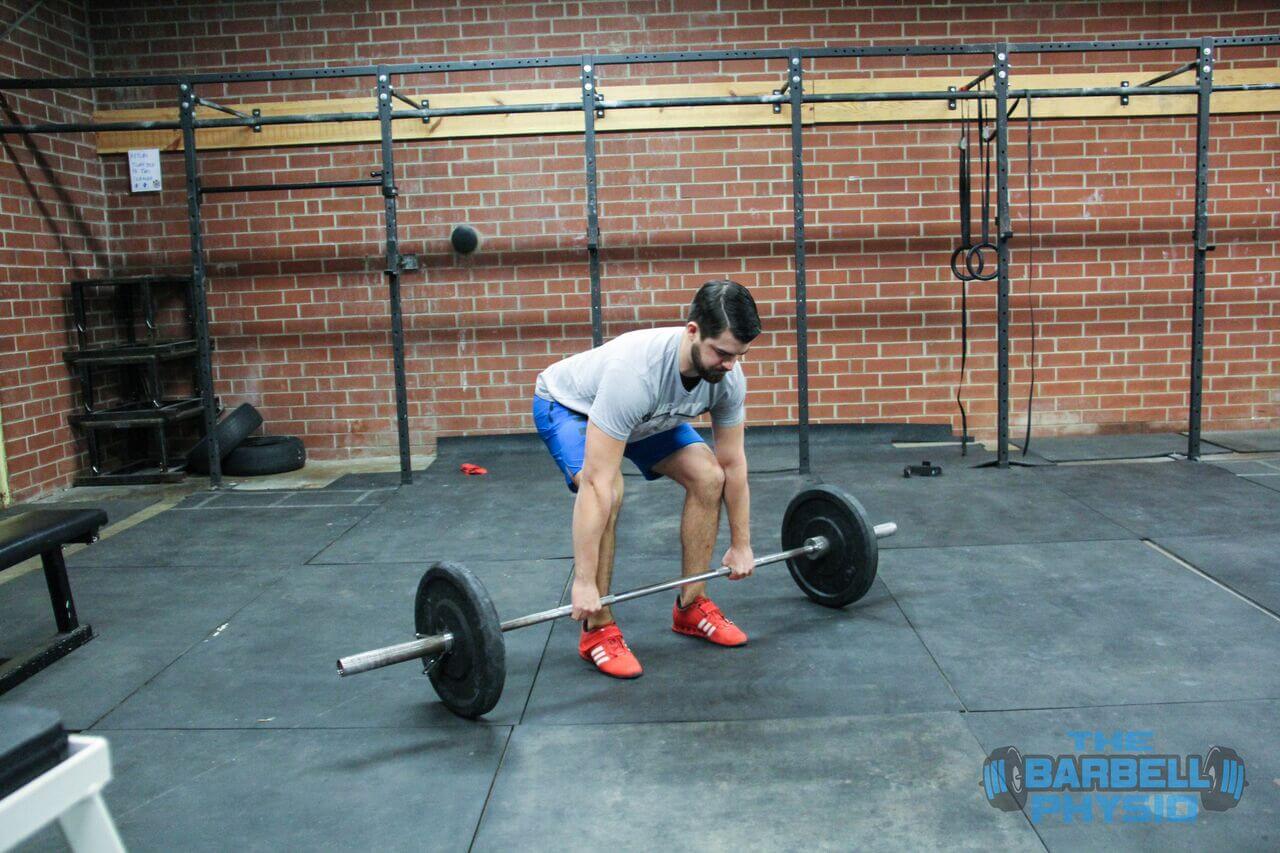We’ve all used foam rollers, stretching, band joint distractions, and lacrosse balls to improve mobility. But there is a big gap between having the available range of motion and being able to use that available motion. Eccentric isometrics fix that!
It is rare to find athletes that can functionally utilize their full available range of motion. I commonly see athletes with great hip, knee, and ankle mobility that can’t squat to full depth. Shocking considering that anatomically, they should be able to given their mobility.
For many athletes, eccentric isometrics will rapidly improve movement and mobility faster than any other tool or trick I’ve ever used.
What Are Eccentric Isometrics?
Eccentric Isometrics (EIs) refers to a technique utilizing:
- A slow eccentric portion of an exercise (negative)
- Followed by a pause (isometric contraction) in the bottom portion of the movement
- Then an explosive raise (concentric)
Typically a 5-7 second negative is used with a 3-5 second pause in the bottom.
Because of the slow tempo, we typically do lower reps per set. Anywhere from 2-4 for 3+ sets, but the loading can still be heavy with me regularly programming between 50 and 90% of an athlete’s one-rep max.
Almost any weight room exercise can be used for eccentric isometrics, but most commonly, I use them with variations squats, deadlifts, pullups, rows, dips, and presses.
Why Use EIs?
The slow negative get the athlete to focus on their movement and control as they lower themselves. Many movement faults will be corrected when the athlete decreases his or her speed and hones in on proper positioning.
In the bottom position, holding the isometric contraction helps the athlete own difficult positions, and they will quickly become more comfortable and be able to move through more range of motion.
The squat is a fantastic example of how effective eccentric isometrics can be. Many athletes with great mobility still have difficulty demonstrating proper form and full depth with squats. Eccentric isometrics will rapidly give a lifter more control during squats, allowing them to squat deeper and with better form.
Research by Dr. Joel Seedman has shown it to be a great tool for motor unit recruitment, meaning it will be a great addition to any program designed at building strength and hypertrophy.
The slow tempo is also much different than the typical fast negatives we see many athletes using in their training. Slowing the lift down goes a long way towards reducing the fast impact loads and give athletes a break from this constant pounding.
Strength, hypertrophy, better movement, and more forgiving…what more could you want from a training technique? Try eccentric isometrics today!








